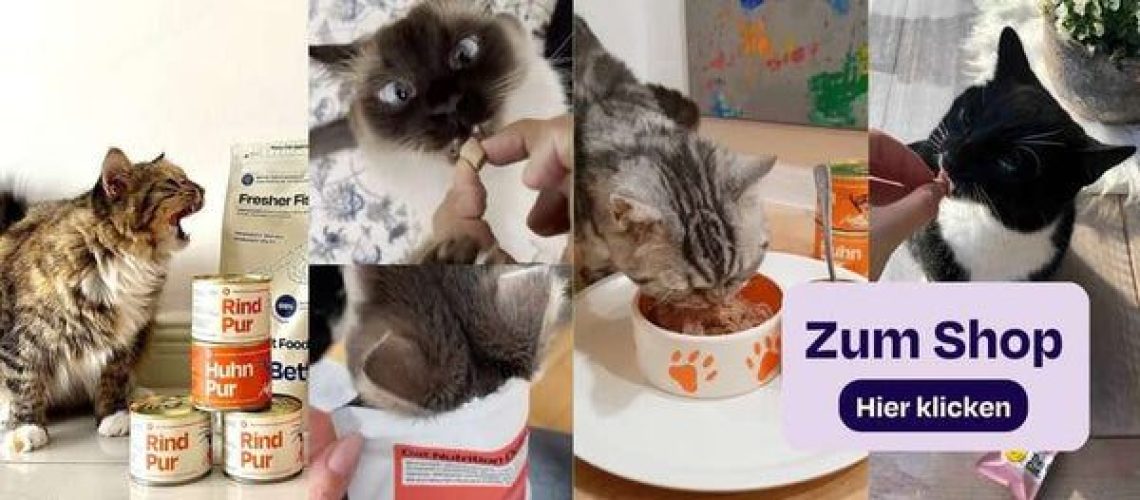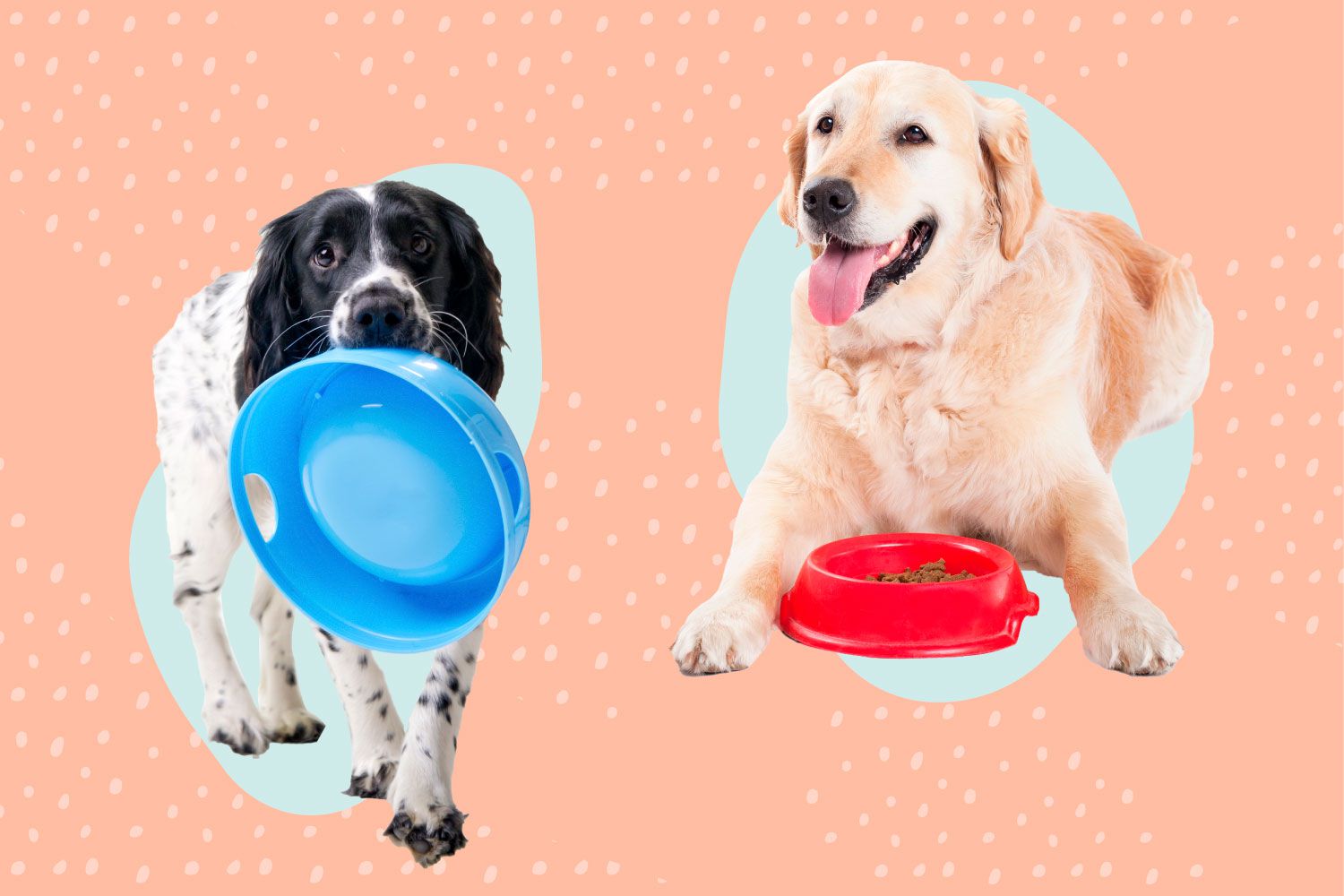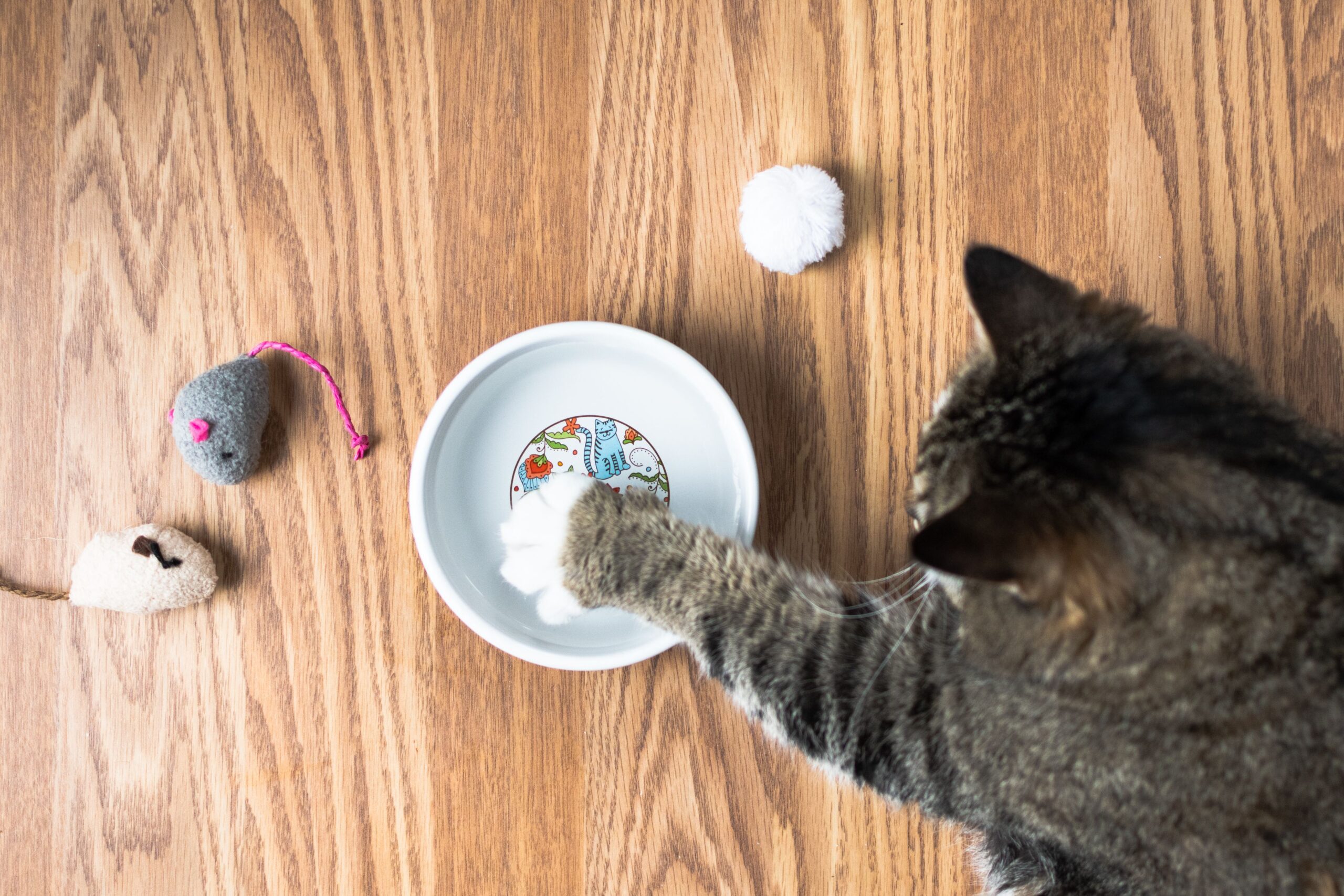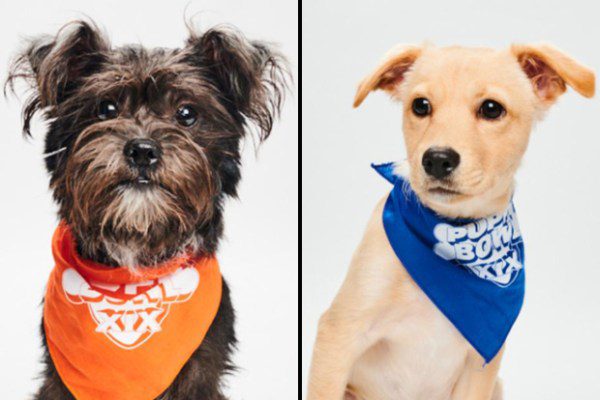Are you a cat owner who wants to ensure your furry friend is getting the best nutrition possible? If so, then understanding the ingredients in their food is crucial. You see, not all cat food is created equal, and there are some red flags you need to be aware of. By delving into this topic of "Red Flags: Cat Food Ingredients to Steer Clear Of," you will gain valuable knowledge that can help you make informed decisions about what goes into your feline companion's bowl. So, let's dive in and uncover the hidden dangers lurking in cat food ingredients!
Key Takeaways:
- Avoid cat foods that contain artificial preservatives, such as BHA, BHT, and ethoxyquin, as they have been linked to potential health risks in cats.
- Steer clear of cat foods that list "meat by-products" or "animal digest" as ingredients, as these vague terms can include low-quality and potentially harmful sources of protein.
- Look for cat foods that prioritize named animal proteins, such as chicken or salmon, as the main ingredients. This ensures a higher quality source of protein for your cat.
- Be cautious of cat foods that contain excessive amounts of carbohydrates from fillers like corn, wheat, or soy. Cats are obligate carnivores and require a diet rich in animal-based proteins rather than plant-based fillers.
- Check the ingredient list for added artificial colors and flavors in cat foods. These additives serve no nutritional purpose and can potentially cause adverse reactions in cats.
Red Flags to Watch Out for in Cat Food Ingredients
Cat food ingredients play a crucial role in maintaining your furry friend's health and well-being. However, not all cat food is created equal, and it's important to be aware of certain red flags when choosing the right food for your cat. Some ingredients may be harmful or provide little nutritional value, so it's essential to read the labels carefully.
One red flag to watch out for is artificial preservatives such as BHA, BHT, and ethoxyquin. These chemicals are added to extend the shelf life of cat food but have been linked to various health issues in cats. Instead, look for natural preservatives like vitamin C or vitamin E.
Why are artificial preservatives harmful?
Artificial preservatives can cause allergic reactions, digestive problems, and even organ damage in cats. They have also been associated with an increased risk of cancer. It's best to avoid these ingredients and opt for cat food that uses natural preservatives instead.
List of artificial preservatives:
- BHA (Butylated Hydroxyanisole)
- BHT (Butylated Hydroxytoluene)
- Ethoxyquin
Natural alternatives:
- Vitamin C (Ascorbic Acid)
- Vitamin E (Tocopherols)
By being mindful of these red flags and reading the ingredient labels on cat food products, you can make informed choices that promote your cat's overall health and happiness.
The Importance of Avoiding Certain Ingredients in Cat Food
When it comes to choosing cat food, it is crucial to be aware of the ingredients that can be harmful to your feline friend. Some ingredients may seem harmless, but they can actually have a negative impact on your cat's health. For example, artificial preservatives like BHA and BHT have been linked to various health issues in cats, including allergies and digestive problems.
In addition, certain grains such as corn and wheat are often used as fillers in cat food. While these grains may not be harmful in small amounts, they offer little nutritional value for cats and can even lead to weight gain and obesity. It is important to choose cat food that is free from these potentially harmful ingredients to ensure your cat stays healthy and happy.
Avoid These Ingredients When Choosing Cat Food
When you are selecting cat food for your furry friend, there are several ingredients that you should avoid. One such ingredient is artificial flavors and colors. These additives may make the food more appealing to humans, but they provide no nutritional benefit for cats and can even cause allergic reactions.
Another ingredient to steer clear of is by-products. By-products are low-quality animal parts that are not fit for human consumption. They often contain little nutritional value and can be difficult for cats to digest. Instead, look for cat food that contains high-quality protein sources like chicken or fish.
Ingredients to Avoid:
- Artificial preservatives (BHA, BHT)
- Corn and wheat
- Artificial flavors and colors
- By-products
How Harmful Ingredients Can Impact Your Cat's Health
The presence of harmful ingredients in cat food can have a significant impact on your cat's overall health and well-being. For example, artificial preservatives like BHA and BHT have been linked to an increased risk of cancer in cats. These preservatives can also cause allergic reactions, leading to skin irritations and digestive issues.
Certain grains like corn and wheat can be difficult for cats to digest, resulting in gastrointestinal problems such as vomiting or diarrhea. Additionally, these grains offer little nutritional value and can contribute to weight gain and obesity in cats.
Chemicals and Additives to Be Cautious of in Cat Food
When choosing cat food, it is important to be cautious of certain chemicals and additives that may be present. One common additive is carrageenan, which is used as a thickening agent. While it is derived from seaweed, studies have shown that it can cause inflammation in the digestive system of some cats.
Another chemical to be aware of is propylene glycol, which is sometimes used as a moisture-retaining agent. However, this ingredient has been associated with an increased risk of Heinz body anemia in cats. It is best to opt for cat food that does not contain these potentially harmful chemicals.
Natural and Healthy Alternatives to Look for in Cat Food Ingredients
Instead of opting for cat food with potentially harmful ingredients, look for natural and healthy alternatives that will provide optimal nutrition for your furry friend. High-quality protein sources like chicken or fish are excellent options as they offer essential amino acids that support muscle growth and maintenance.
Fruits and vegetables such as blueberries, cranberries, and sweet potatoes are also beneficial additions to cat food. They provide antioxidants that help boost the immune system and promote overall health. Additionally, omega-3 fatty acids from sources like fish oil can contribute to a healthy coat and skin for your cat.
How Reading Labels Helps Identify Potential Red Flags in Cat Food
Reading labels on cat food is essential to identify any potential red flags that may indicate the presence of harmful ingredients. By carefully examining the ingredient list, you can determine if the food contains artificial preservatives, by-products, or grains that may not be suitable for your cat.
Look for cat food that lists high-quality protein sources as the main ingredients and avoids artificial additives. Additionally, pay attention to any specific allergens your cat may have and ensure they are not present in the food. Reading labels allows you to make informed decisions about what is best for your cat's health.
Reputable Brands Offering Safe and Nutritious Cat Food Options
When it comes to choosing cat food, opting for reputable brands can provide peace of mind knowing that you are selecting safe and nutritious options for your furry friend. Some well-known brands that prioritize quality ingredients include Royal Canin, Hill's Science Diet, and Blue Buffalo.
These brands have a strong reputation for producing high-quality cat food that meets the nutritional needs of cats while avoiding potentially harmful ingredients. It is always a good idea to do some research and read reviews before making a decision on which brand to choose.
In conclusion, it is important to be aware of the ingredients in cat food and avoid certain red flags. By avoiding harmful ingredients like artificial additives and fillers, we can ensure our cats stay healthy and happy.
What is the 3% rule in cat food?
According to Rule #3, if a product name includes the word "with," the manufacturer only needs to include 3% of that named ingredient in the food. This means that a product called "Cat Food with Tuna" may actually contain less tuna compared to a product called "Tuna Cat Food."
What should I watch out for in wet cat food?
According to Dr. Wooten, it is generally recommended to avoid wet cat foods that have artificial colors, flavors, or preservatives.
What is the 25 rule for cat food?
If you've seen pet food labels that say "chicken dinner for dogs" or "tuna entree for cats," these products are following the 25% rule. This rule means that the named protein makes up at least 25% of the listed ingredients, but is less than 95%.
Is Fancy Feast good for cats?
Can cats safely eat Fancy Feast? Absolutely. Fancy Feast is a trustworthy and safe option for feeding your cat. Purina carefully chooses ingredients that provide the necessary nutrition to help your cat lead a healthy and fulfilling life.
What ingredient is a must for cat food?
A high-quality dry cat food should always have a protein listed as its first ingredient, without any exceptions. It is important that the protein is specifically named, such as chicken, turkey, lamb, or salmon, rather than just being referred to as "meat." This is because cats are obligate carnivores and require protein in their diet.
Is rice in cat food good for cats?
Cats can consume rice in small quantities without any harm as it is non-toxic to them. However, it should not be given in large amounts as it is not a necessary component of their diet.

















